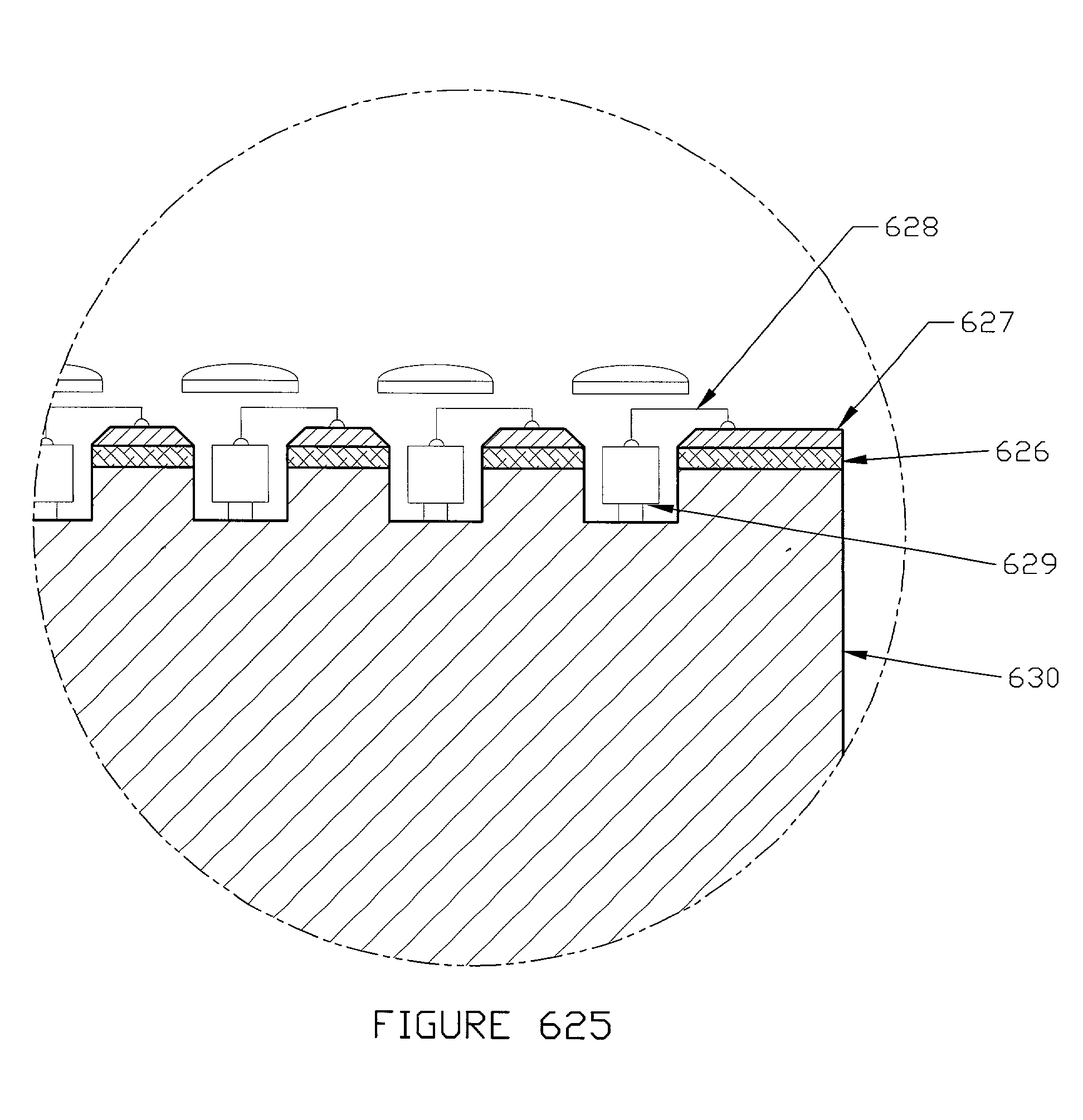Light emitting diode light source for curing dental composites
a light source and light source technology, applied in dental surgery, dental tools, manufacturing tools, etc., can solve the problems of composites, current light emitting diodes, composites that produce blue wavelengths, and no heat that can be radiated to the patien
- Summary
- Abstract
- Description
- Claims
- Application Information
AI Technical Summary
Benefits of technology
Problems solved by technology
Method used
Image
Examples
example
A LIGHT EMITTING DIODE DENTAL CURING LIGHT SOURCE
[0068] Obtain a 1 / 2 inch diameter by approximately 2 inches in length bar of alloy 110 copper from a source such as MSC Industrial Supply Co., Melville, N.Y. Obtain a piece of copper clad G10 PCB stock from a source such as Precision Technology, Salt Lake City, Utah. Cut a piece of the copper clad G10 approximately 3 / 4 of an inch in diameter. Soldier the cut piece of G10 to the end of alloy 110 copper bar stock. Have a machine shop such as Axis Machine, Salt Lake City, Utah machine the assembly according to the specifications in FIGS. 1900, 1910, 1920, 1930, 1940. Take the machined assembly to a metal plating company such as Quality Plating Company, Salt Lake City, Utah and have the electrically plate the top conductive surface with gold according to mil spec G45204C. Further have them plate the reflective trenches with silver according to mil spec QQS365. Obtain 84-450 nanometer LEDs from Cree, Durham, N.C., Part Number: C450CB290E10...
PUM
 Login to View More
Login to View More Abstract
Description
Claims
Application Information
 Login to View More
Login to View More - R&D
- Intellectual Property
- Life Sciences
- Materials
- Tech Scout
- Unparalleled Data Quality
- Higher Quality Content
- 60% Fewer Hallucinations
Browse by: Latest US Patents, China's latest patents, Technical Efficacy Thesaurus, Application Domain, Technology Topic, Popular Technical Reports.
© 2025 PatSnap. All rights reserved.Legal|Privacy policy|Modern Slavery Act Transparency Statement|Sitemap|About US| Contact US: help@patsnap.com



